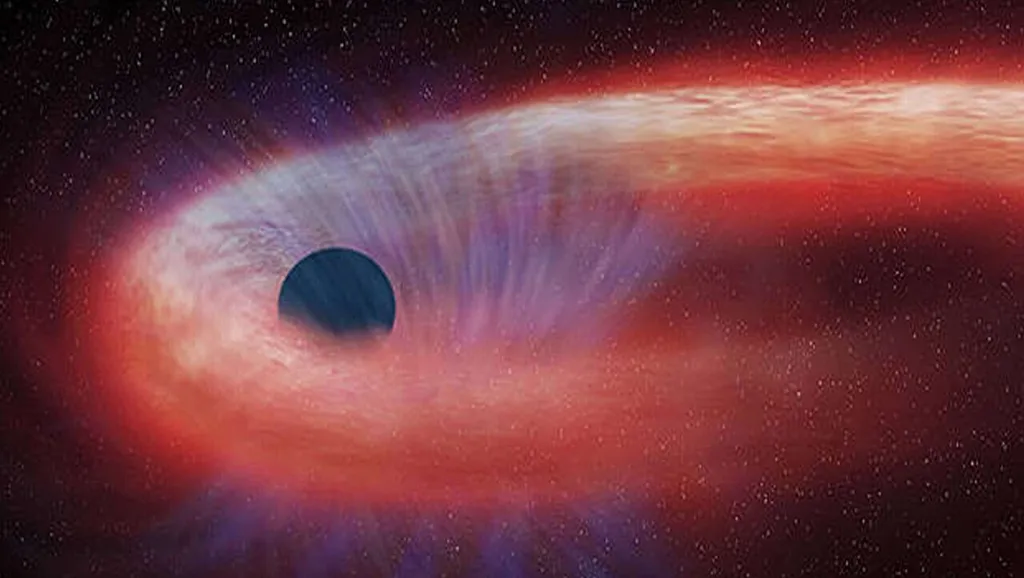Researchers Wenkang Xin and Andrew Mummery from the University of Oxford have developed a new method to calculate the tidal forces experienced by objects in strong gravitational fields, such as those near black holes. Their work, published in the journal Classical and Quantum Gravity, provides a unified approach to understanding these forces, which could have implications for astronomical observations and the energy sector.
Tidal forces are the differential gravitational forces experienced by an extended body, like a star or a planet, as it moves through a gravitational field. In the context of the energy industry, understanding these forces can be crucial for space-based energy projects, such as space solar power or asteroid mining, where equipment and structures would need to withstand the intense gravitational fields near massive objects.
The researchers’ new method simplifies the calculation of these forces in any stationary, axisymmetric spacetime, which includes most black hole and wormhole metrics. Previous techniques required cumbersome, case-by-case calculations, but this new approach uses standard relativistic frame transformations and is built around the zero angular momentum observer frame. This simplification could make it easier to analyze the tidal forces in various gravitational environments, potentially aiding in the design and operation of space-based energy systems.
One practical application of this research is in the calculation of the Hills mass, which is the maximum mass at which a black hole can disrupt a star. This concept can be extended to various naked singularity metrics, providing a better understanding of the gravitational forces involved in such extreme environments. This knowledge could be valuable for energy projects that involve harnessing the power of black holes or other massive objects, as it would help in predicting and managing the tidal forces that could impact equipment and structures.
In summary, the new method developed by Xin and Mummery offers a more straightforward way to calculate tidal forces in strong gravitational fields. This could have significant implications for the energy industry, particularly for space-based projects that must contend with intense gravitational forces. By providing a better understanding of these forces, the research could help in the development of more robust and efficient energy systems in the future.
Source: Xin, Wenkang, and Andrew Mummery. “The relativistic tidal tensor: general solutions for stationary axisymmetric spacetimes and the Hills mass of naked singularities.” Classical and Quantum Gravity (2023).
This article is based on research available at arXiv.

